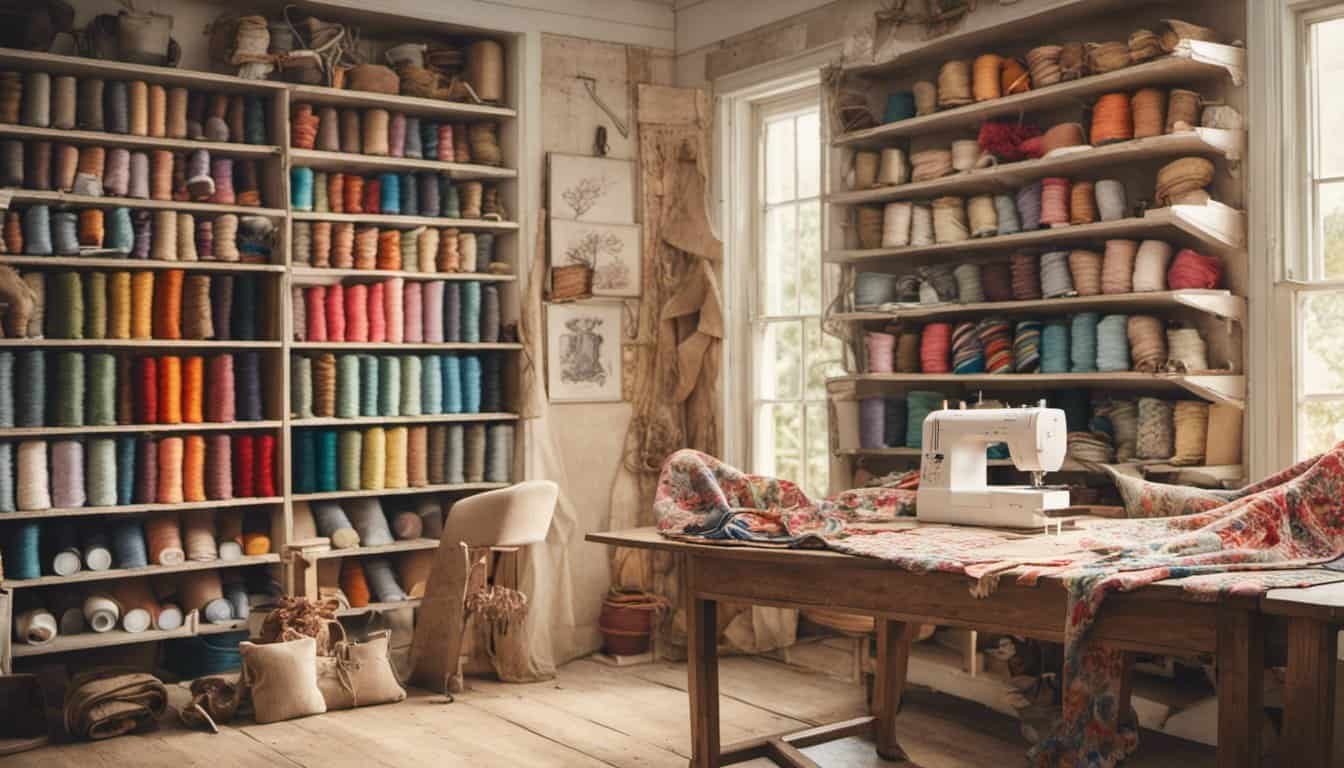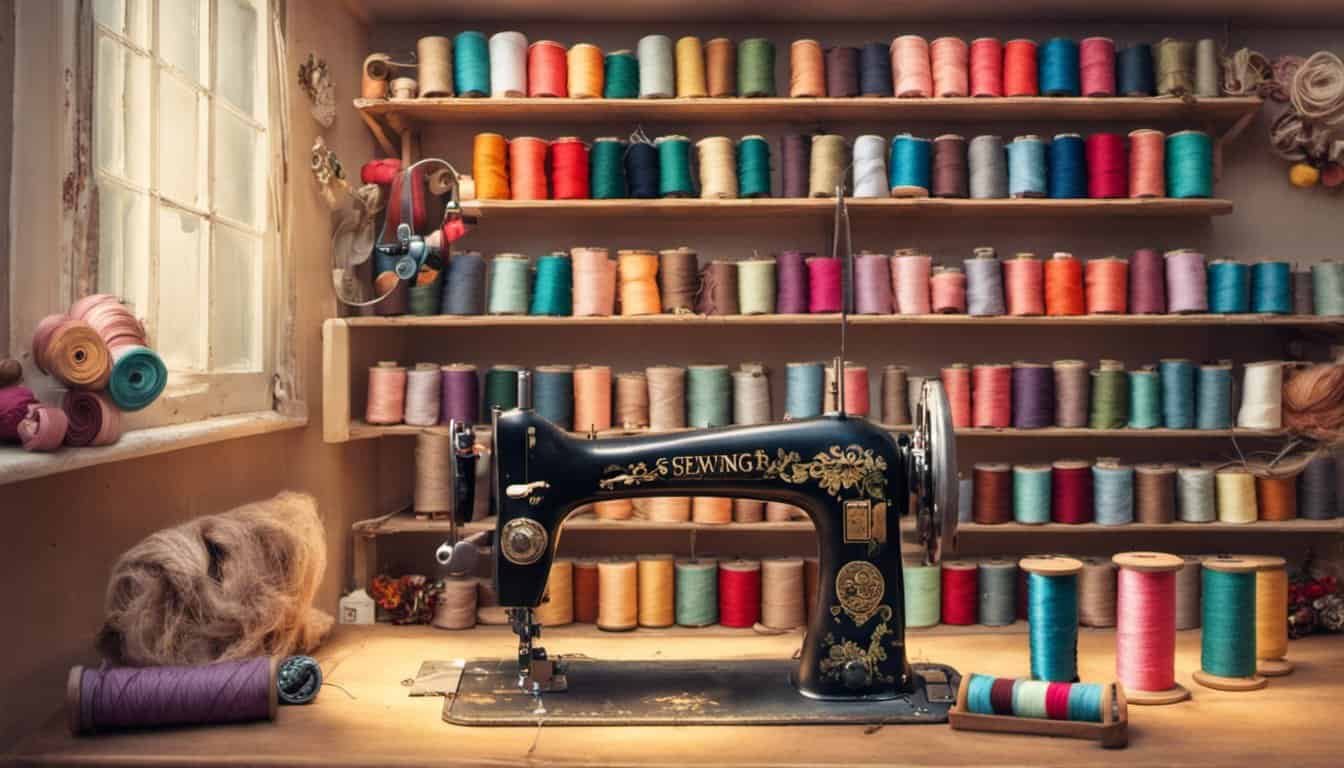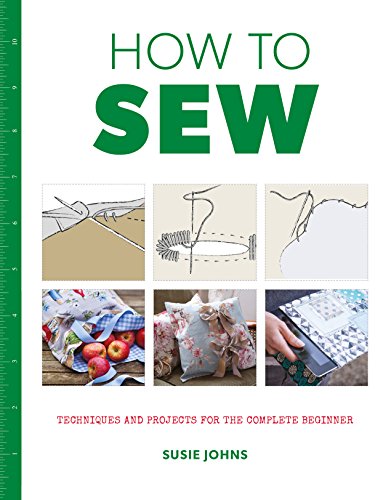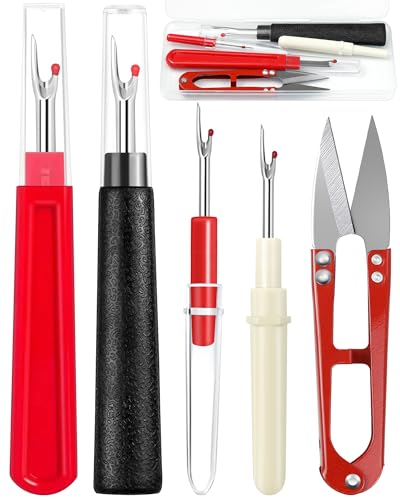There’s something so special about a journal—it holds your thoughts, dreams, and ideas all in one place. But let’s be honest, those plain covers can feel a little uninspiring. That’s where a handmade fabric cover comes in! It’s a simple way to add personality and charm while protecting your journal from wear and tear.
I’ve always loved how sewing lets me turn everyday items into something unique. Creating a fabric journal cover isn’t just practical; it’s a fun, creative project that doesn’t take much time or experience. Whether you’re new to sewing or a seasoned pro, this is one of those projects that’s as enjoyable as it is rewarding.
Benefits Of Sewing A Fabric Journal Cover
Sewing a fabric journal cover offers personalization, durability, and creative satisfaction. Each benefit caters to both practical and artistic needs, enriching the journaling experience.
- Personalization
I can choose fabrics, colors, and patterns that reflect my style or match a theme. For example, floral prints can evoke calmness while geometric designs add a modern touch.
- Durability
Fabric covers protect journals from daily wear, spills, and damage. A sturdy cotton or canvas material can extend the journal’s lifespan significantly.
- Reusability
Unlike pre-made covers, I can make reusable ones. They can be removed, washed, and slipped onto a new journal when needed, ensuring value for effort.
- Creative Expression
Sewing allows me to experiment with patchwork, embroidery, or appliqué. Adding embroidered initials or intricate motifs transforms the cover into a unique piece of art.
- Gift-Worthy Appeal
Handmade fabric covers make thoughtful gifts. I can create personalized designs based on the recipient’s favorite colors or interests, making each gift distinct and memorable.
- Cost-Effectiveness
Using leftover fabric or repurposing old textiles can save costs. This is budget-friendly and eco-conscious, using resources I already have.
Sewing a fabric journal cover combines functionality with creativity, delivering both practicality and joy.
Materials And Tools Needed
Crafting a fabric journal cover begins with gathering the right materials and tools. With the right preparation, this creative project becomes simpler and more enjoyable.
Fabric Choices
Fabric selection is essential for creating a functional and visually appealing journal cover. Cotton fabrics, like quilting cotton, offer versatility due to their durability and ease of sewing. For a luxurious or textured finish, I often opt for linen, canvas, or even denim. If the journal requires additional protection or a padded feel, consider adding fusible fleece or a lightweight interfacing to the fabric.
Sewing Supplies
Basic sewing tools make the process smooth and precise. A sharp rotary cutter or fabric scissors ensures clean cuts. Use a sewing machine with a universal needle for most fabrics; for thicker materials like denim, a stronger needle may be necessary. A clear ruler helps with accurate measurements, along with tailor’s chalk or a fabric marker to mark guidelines. High-quality thread, preferably polyester or cotton, ensures durability, and sewing pins or clips secure the fabric layers during assembly.
Additional Embellishments
Adding embellishments personalizes the journal cover further. Decorative trims, like lace or ribbon, create accents. Embroidery, fabric paint, or appliqué can enhance the design. I also enjoy stitching on buttons or adding custom labels for a unique touch. For extra functionality, include a fabric pocket or pen holder on the cover.

Step-By-Step Guide To Sewing A Fabric Journal Cover
Creating a fabric journal cover involves simple steps that ensure a snug, stylish fit. Follow these steps carefully, and enjoy crafting a unique cover for your journal.
Measuring And Cutting The Fabric
Accurate measurements ensure a well-fitting cover. Measure the height and width of the journal when closed, including the spine. Add 0.5 inches to each side for seams and an additional 2 to 3 inches on each end for pockets. Cut two pieces of fabric: one for the outer cover and the other for the inner lining. For added structure, cut a fusible interfacing piece the same size as the outer fabric.
Preparing The Fabric Layers
Preparation creates a clean and professional finish. Iron the outer fabric and the fusible interfacing together, following the manufacturer’s instructions. This stabilizes the cover and adds durability. Press the inner lining fabric to remove wrinkles. If adding decorative features like embroidery or patches, attach them to the outer fabric before assembling the layers.
Sewing The Pieces Together
Assembly brings all layers together. Place the outer fabric and lining fabric right sides facing each other, aligning edges. Position the interfacing on top of the outer fabric’s wrong side. Pin the layers in place, leaving a 3-inch opening along one long edge for turning. Sew around the edges using a 0.25-inch seam allowance, then trim excess fabric from the corners to reduce bulk.
Adding Finishing Touches
Final touches personalize your cover. Turn the cover right side out through the opening, then gently press the seams flat with an iron. Topstitch around the edges to close the opening and secure the layers. Fold and press the side edges inward to create pockets for the journal’s covers. Sew along the top and bottom edges of the pockets to complete the cover. Optionally, add embellishments like buttons, trims, or fabric paint for extra flair.
Tips For Personalizing Your Fabric Journal Cover
« How to Sew a Baby Bib for Beginners: Easy Step-by-Step Guide to Make Adorable Bibs at Home
Master Sewing a Slip Dress: Simple, Elegant, and Perfect for Any Wardrobe »
Adding personal touches transforms a simple fabric journal cover into a unique, functional piece that reflects your style. Use creativity and a mix of techniques to make your design stand out.
Creative Design Ideas
Layered fabrics can create depth and interest. Combine contrasting patterns like florals and stripes or coordinate similar tones for a cohesive look. Use fusible interfacing between layers to keep everything smooth.
Appliqué is another option. Cut shapes such as hearts, letters, or stars from fabric scraps, then stitch them onto the cover. Fusible webbing helps secure appliqués before sewing.
Add functional elements like small exterior pockets for loose papers. Use complementary or contrasting fabric for these details for a dynamic design.
Embroidery And Decorations
Embroidery gives your journal cover a handmade charm. Add initials, monograms, or meaningful symbols with hand or machine embroidery threads. Use fine needles to prevent tearing lightweight fabrics.

Decorative stitching enhances edges and seams. Try zigzag, blanket, or decorative machine stitches for a polished finish.
Additional embellishments like lace trims, buttons, or fabric flowers can elevate your design. Attach them securely with a hot glue gun or sturdy stitching to ensure they stay in place.
Common Mistakes To Avoid
Avoiding common mistakes can ensure a professional and functional fabric journal cover. Here are frequent errors and how to prevent them.
Inaccurate Measurements
Inaccurate fabric measurements lead to ill-fitting covers. Measure the journal dimensions precisely, including spine width, and add seam allowances before cutting.
Skipping Fabric Prep
Unwashed fabric can shrink later and cause distortion. Prewash and press the fabric to eliminate shrinkage or creases before sewing.

Choosing Inappropriate Materials
Thick or slippery fabrics like velvet or satin complicate sewing and reduce durability. Opt for sturdy and manageable options like cotton, canvas, or denim.
Ignoring Seam Allowances
Small seam allowances make edges prone to fraying. Use a consistent allowance of 0.25 to 0.5 inches for durability and a neat finish.
Misaligned Prints or Patterns
Misaligned print designs affect the cover’s appearance. Align prints carefully during cutting, especially for patterns like stripes or plaids, to maintain the intended design.
Rushing the Stitching
Uneven stitching creates weak spots. Sew with consistent speed and use a straight stitch setting for clean and secure seams.
Overlooking Turning Openings
Forgetting to leave an opening for turning disrupts the assembly process. Plan this step while pinning layers to avoid resewing sections.

Poorly Attached Embellishments
Loosely attached trims or decorations risk detachment over time. Use reinforced stitching or appropriate adhesives to securely attach embellishments.
Recognizing these mistakes helps complete the project smoothly and creates a polished final product.
Conclusion
Sewing a fabric journal cover is such a delightful way to combine creativity with practicality. It’s amazing how a simple project can transform an ordinary journal into something uniquely yours while offering protection and charm.
Whether you’re crafting for yourself or making a thoughtful gift, the possibilities for design and personalization are endless. Plus, it’s a great way to use up leftover fabric and explore your sewing skills.
I hope this project inspires you to get creative and add a personal touch to your journaling experience. Happy sewing!


















